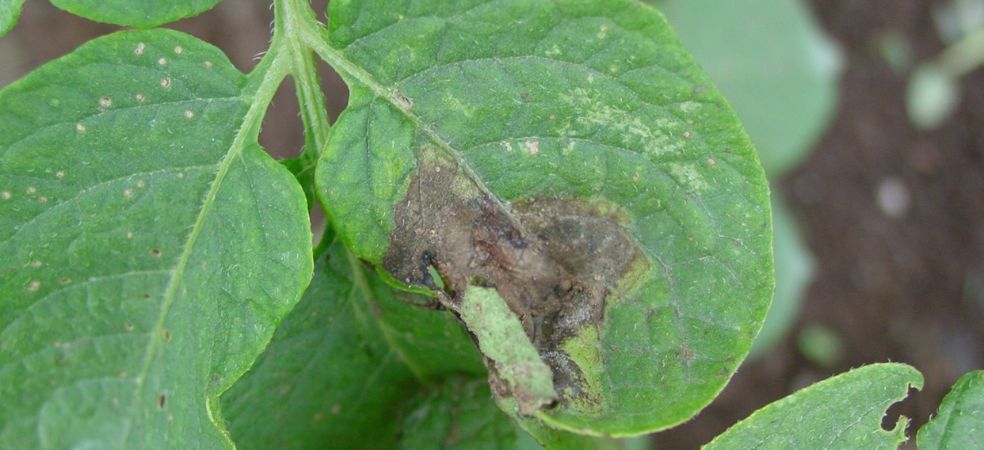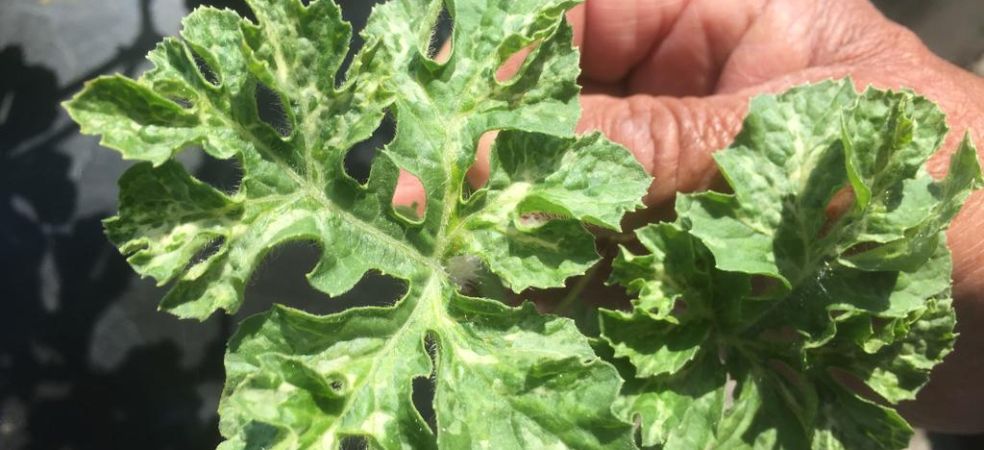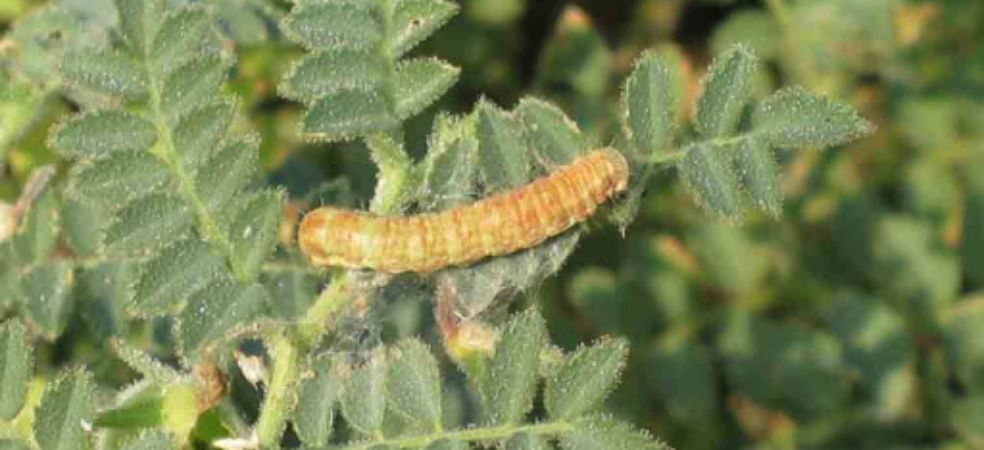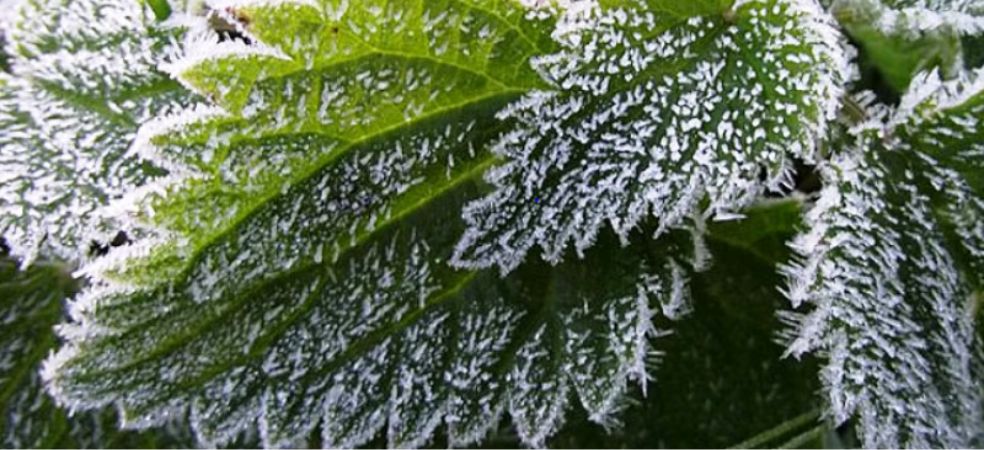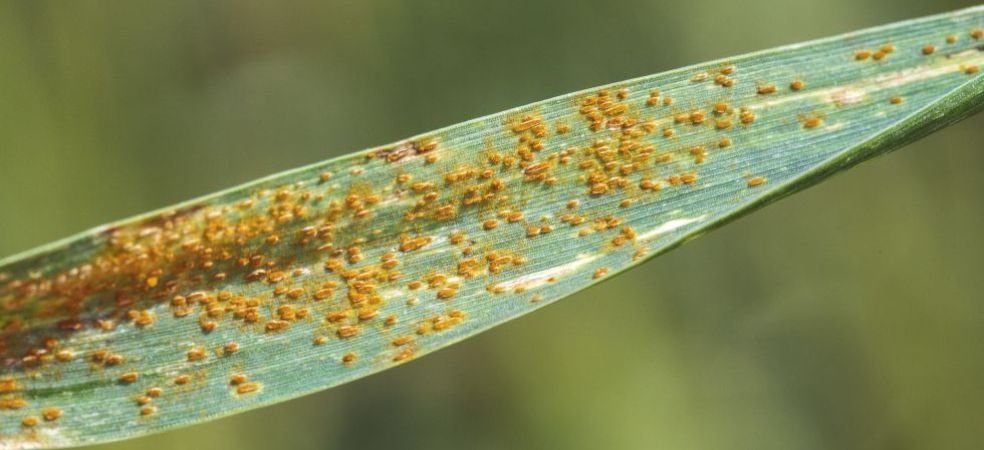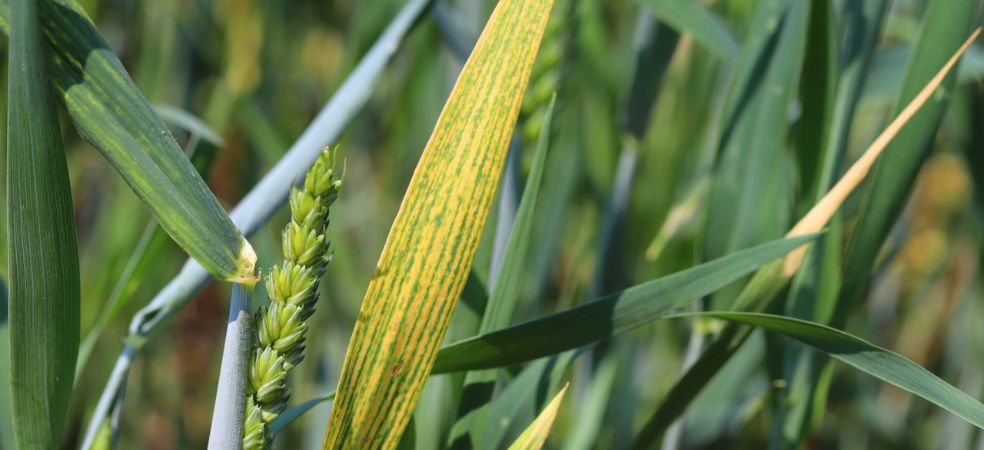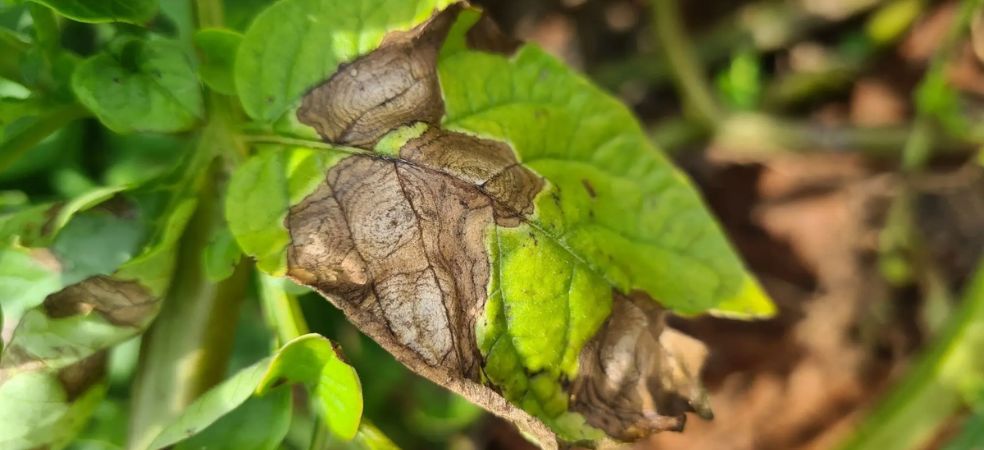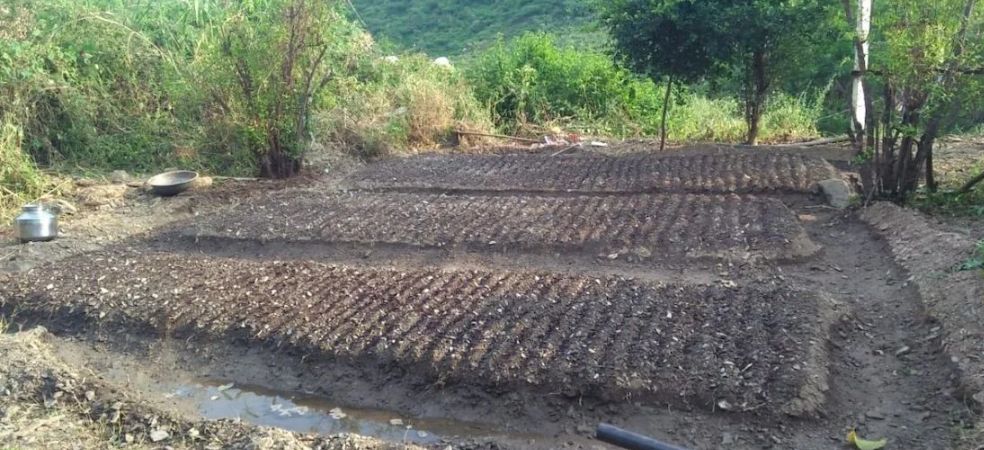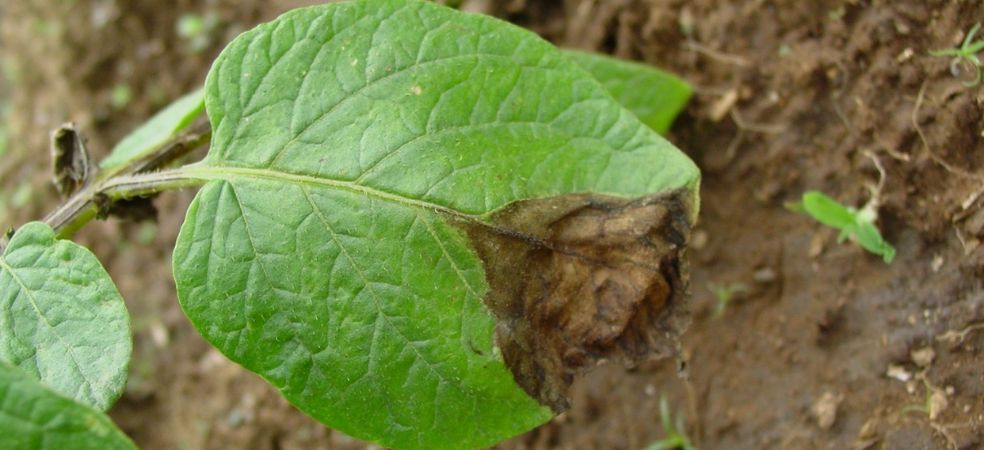-
The problem of frost usually occurs from December to mid-February.
-
Frost occurs when the temperature of the atmosphere reaches zero degrees centigrade while being less than 8 degrees centigrade.
-
Due to frost, the water present in the cell of the crop gets converted into ice, due to which the plant cells burst.
-
Due to this, the leaves get scorched and the process of photosynthesis gets affected, due to which the crop does not grow.
-
Due to the outbreak of frost in the stage of flower pod and ear, the flowers and fruits fall and the colour of the grain becomes black. Due to this, the yield is badly affected.
-
If this condition of frost persists for a long time, the plants may even die.
Measures to protect crops from frost
-
Irrigation of the fields is necessary – Irrigate the crop lightly in the morning. Irrigation increases the temperature by 0.5 – 2 degrees Celsius.
-
Wind barriers: – These barriers reduce the intensity of cold waves and protect the crops from damage. For this, such crops should be sown around the field, by which the wind can be stopped to some extent like maize should be sown in the gram field.
-
Smoke near the farm – In the evening, smoke by burning dry grass, straw and cow dung cakes. Although this process is not suitable from an environmental point of view, it also helps in preventing frost.
-
If possible, sprinkle water on the leaves of the crop.
-
Cover the plant:- Maximum loss of temperature occurs in the nursery. It is advisable to cover the plants in the nursery with a plastic sheet at night. By doing this, the temperature inside the plastic increases by 2-3 degrees Celsius.
Biological protection measures
-
When the frost is expected, take a spray of Monas–Curb (Pseudomonas fluorescens 1.0 % WP) @ 500 gm @ 200 litres of water per acre.
Chemical protection measures
-
Spray Wokovit (Sulphur 80% WDG) @ 35 gm per 15 litres of water over the crops. Due to this, the temperature can increase by two to two and a half degree centigrade.
For such important information related to the agriculture sector and farmers, do read Gramophone’s articles daily. If you liked today’s information then don’t forget to share it with your friends.
Share

